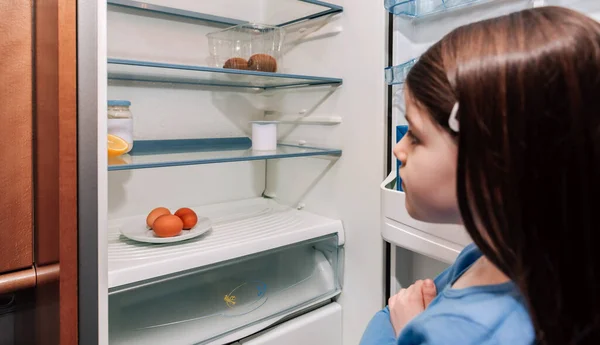
The less discussed kind of “out of stock”
Out of stocks.
Every Category Manager’s, NAM’s and Buyer’s nightmare. An empty shelf in store is a costly crime against the category.
But there is another out of stock for grocery categories. Invisible in your data. Mysterious. Intriguing. But still a crime.
It’s this: out of stock in home.
We’re all charged with growth as cat man professionals. (Read more on why Category Managers are the key to bring people together and align different objectives). Category growth. Which really means increased consumption, not just sales. But to have consumption, you need to be present at the point of need.
Here’s the question:
Do you know of all the households that bought your category this year what % had suffered a period of in home out of stock (and hence missed consumption occasions) before they got around to replenishing? And how long that period was?
Didn’t think so.
Panel or Loyalty card data tells you the interpurchase interval but can’t tell you the “interconsumption” interval (should we trade mark that?)
Lets take a random category. Baked Beans 
Here’s how it works (I’d guess). Johnny gets home from school, hungry. Looks around the fridge/cupboard for something to eat. He loves baked beans. But oh dear, there are no beans in the pantry. But there’s jam. So, bread and jam it is. A beans consumption occasion has disappeared. A beans tragedy. And does he say to his mum/dad “please buy more beans” – probably not. Bread and jam has done the job. So he’s off to his Playstation.
Eventually Mum or Dad notices baked beans are “out” and puts them on a shopping list but does this take a few days, or a few weeks? How many consumption occasions does our category miss in the meantime?
First step to meeting any growth challenge is to measure the opportunity (see how we track performance).
I have good news, folks. Uniquely Shopper Intelligence can compare your “out of stock at home” performance compared to all other supermarket categories. We can tell you if this is a particular growth opportunity for your category, or your brand. This is crucial because who knows if 10% or 20% is good, bad or just “normal”. Just give us a shout if this seems intriguing.
PS in one measured category we found in store out of stock approaching 30%. Now that’s a very tempting growth opportunity, isn’t it?